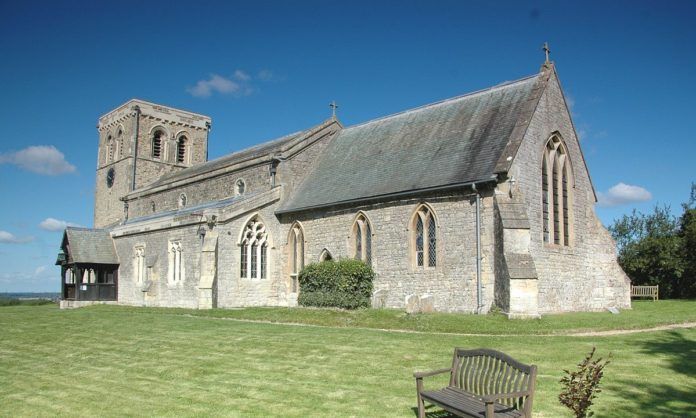Churches across the UK are being encouraged to protect their roofs following a spate of lead thefts, which caused over £2 million in damage to remote countryside churches.
At Lincoln Crown Court on 6 January, 2021, four men were sentenced to a total of over 19 years in prison following a crime spree which affected more than 20 churches across the country – including in Lincolnshire, Leicestershire, Wiltshire and Yorkshire.
The thefts, which took place over two years between 2018 and 2020, affected centuries-old and Grade I-listed buildings. They were carried out by an organised crime gang intent on stealing lead from the roofs of churches.
Specialist church insurer, Ecclesiastical Insurance, provides cover for many of the churches affected and has supported them with their claims.
Now, the insurer’s risk management team is urging churches to protect their properties from theft by taking steps to avoid becoming victims.
Measures, including installing security lights, CCTV, roof alarms and marking metal with forensic security marking systems, such as Smartwater, have all been proven to help reduce the threat of crime, with the latter proving vital in supporting Lincolnshire Constabulary’s prosecution of the gang.
Jo Whyman, risk management director at Ecclesiastical, said: “We’re pleased that this prosecution has been successful and hope it serves as a deterrent to would-be criminals. This is a timely reminder that the theft of metal is an ongoing issue, and the knock-on effects can be huge.
“There is a risk that the continuing economic downturn in the UK could see an increase in theft of metal from buildings such as churches, which is why it is vital that they take steps to protect their premises from unscrupulous offenders.”
To help tackle the ongoing threat of metal theft, Ecclesiastical is one of a number of partners involved in OPAL – the National Intelligence Unit for Serious Organised Acquisitive Crime based with West Mercia Police – including Historic England.
Mark Harrison, head of heritage crime strategy at Historic England, said: “At Historic England we are working with partners to assess the scale of the metal theft problem across the country and develop a coordinated national approach to protect those churches at the highest risk of crime.
“This includes training local police teams and law enforcement agencies to identify stolen heritage metal when on duty, encouraging scrap metal dealers, smelters and salvage yards to contact the authorities when offered suspected stolen materials.”
The damage to church buildings caused by metal theft often reaches thousands of pounds, from both the cost of replacing the lead and the damage done to the exposed roof.
Jo said: “In many cases lead is stripped without churches knowing, which leads to further issues with water ingress into the exposed roof, causing even more damage than the theft itself and preventing churchgoers from attending, which can be devastating.
“By taking steps now, churches can deter would be thieves and help to protect themselves. Our teams are on hand to help, with more resources available through our website.”




